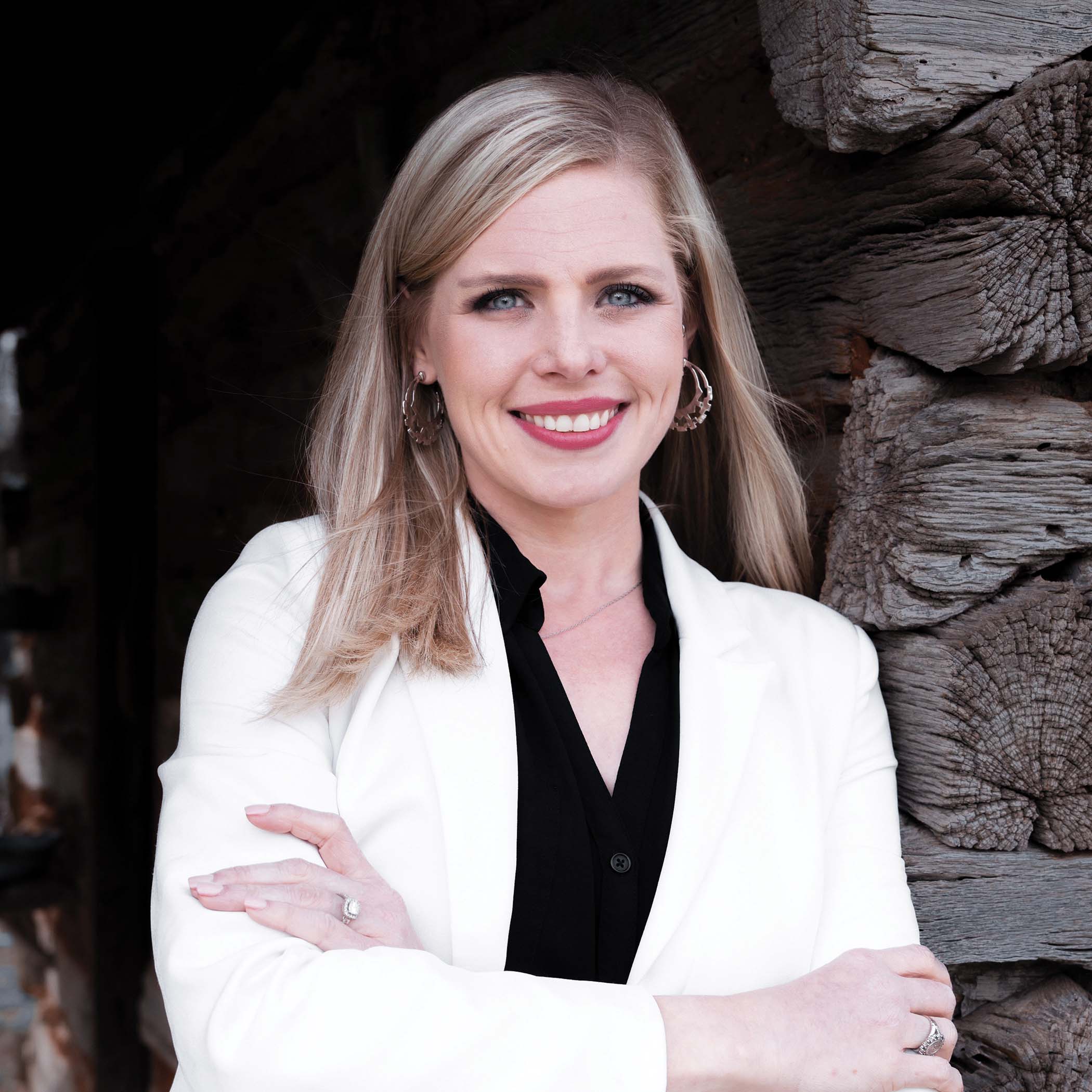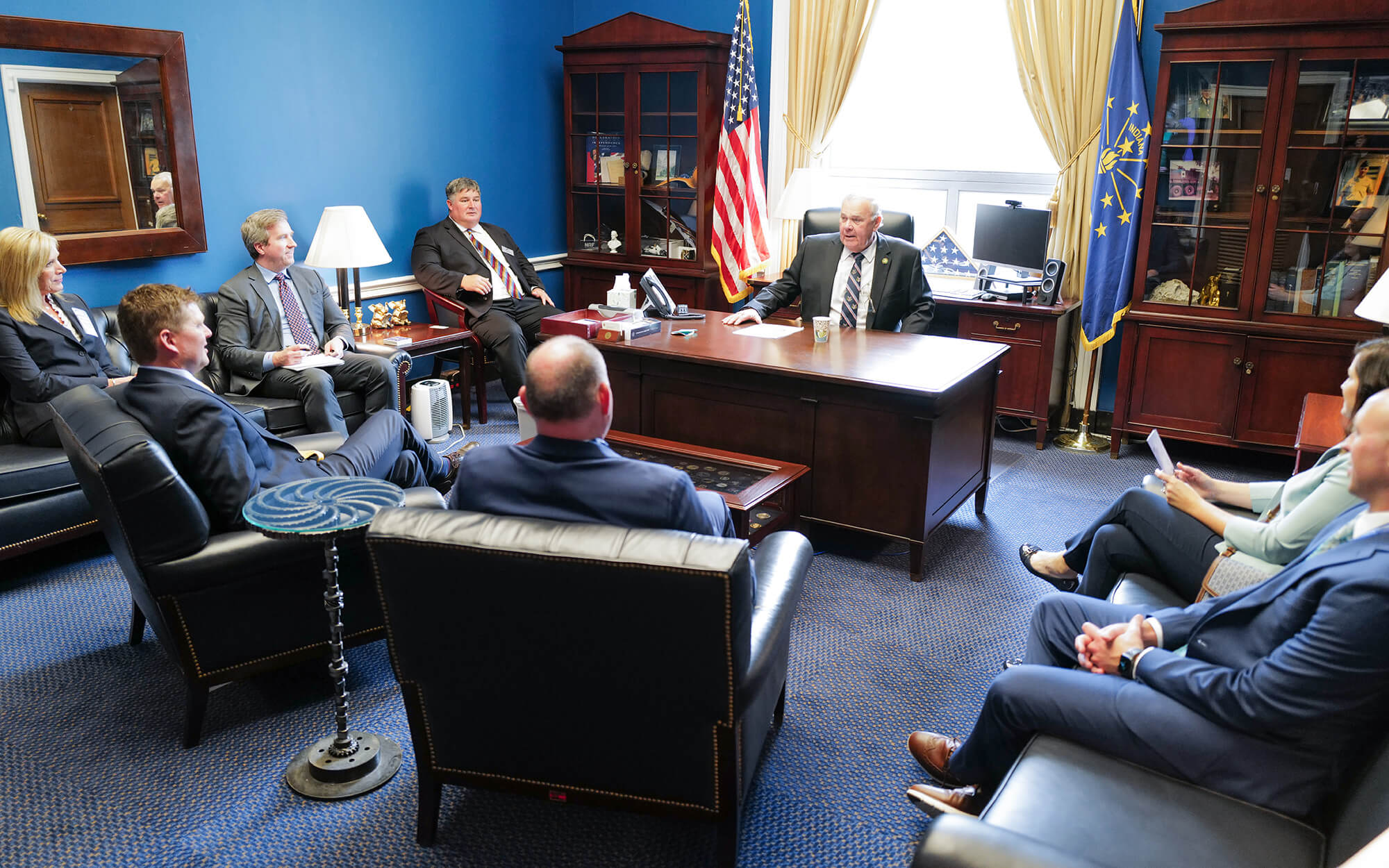A community bank’s marketing can have a huge impact on recruitment—even if a campaign is not designed with hiring in mind. It’s still a reflection of a bank, no matter the intent. That doesn’t mean recruitment marketing isn’t important; it just means that one shouldn’t be divorced from the other.
“Both your passive and active job seekers are following your company, and not just from a perspective of what jobs do you have open right now, but wanting to learn more about your organization,” says Valerie Utsey, executive vice president, chief people officer at ICBA.
“If your marketing doesn’t represent some of the ideals that your bank upholds, such as diversity or community support, it can definitely turn candidates off.”
With that in mind, here’s how a community bank can succeed in marketing and recruiting at the same time.
“Whenever we do right by our employees and have a good employee atmosphere, the customer sees that and says this is a good place to be.”—Kelsey Goates, Wellington State Bank
Marketing with recruitment in mind
When the team at TCM Bank, N.A., a subsidiary of ICBA Payments, recently refreshed their brand and marketing strategies, they made sure to put company culture front and center, says Agnes Nasso, senior vice president, marketing and communications at TCM Bank. That message then “trickles into what human resources and their team does when it comes to recruitment.”
As part of that campaign, TCM Bank started using the hashtag #WeBankOnDiversity for use on social media and as a tagline elsewhere, because diversity and inclusion is a big part of its culture. They include it everywhere they can, including on LinkedIn posts.

Marketing with recruitment in mind also means making bank branches themselves more welcoming not just for customers but also for current and potential employees, says Kelsey Goates, vice president of marketing and human resources at $570 million‑asset Wellington State Bank in Wellington, Texas.
“They know that they’re in the right bank, and that’s where they’re supposed to put their money. It goes both ways,” she says. “Whenever we do right by our employees and have a good employee atmosphere, the customer sees that and says this is a good place to be.”
Wellington State Bank is active in its local chamber of commerce and at college job fairs, and its employees volunteer to teach financial literacy at local schools. They see these activities as a “community good,” cementing their place in their local communities and becoming top of mind when someone is either looking for a bank or a potential job.
Prospective customers or employees “see the dedication that we are putting forth teaching the importance of financial education,” Goates says. Having an active presence on college campuses has also led to finding great candidates for internships—with some of those interns eventually becoming long‑term employees.
According to Utsey, community banks should also keep tapping into an important resource when it comes to marketing the bank as an employer: their employees. To succeed in internal recruiting, community banks should and must maintain employee referral programs.
“It’s not traditional external marketing, but something that you don’t want to forget as you’re thinking about your talent acquisition strategy,” she says.
Compelling job postings
Quick Stat
72%
The percentage of recruiting leaders who believe employer branding greatly affects hiring
Source: LinkedIn 2021 Employer Brand Statistics
Obviously, community banks want to market their job openings within the banking world, which can be done through websites like LinkedIn and Indeed. But they also need to make sure these posts are effective. That’s why TCM Bank tracks click-through rates on all its postings to see what’s working and what’s not, says Nasso.
Those click-through rates can be fed into a recruitment or applicant tracking system, says Utsey, which you can use to target where candidates most frequently come from and inform your recruitment strategy for the following hiring cycle.
Community banks can also stand out by marketing the benefits of working there. Goates says that Wellington Bank reinforces that it’s a great place to work by sharing its robust benefits package and how employees are encouraged to take time to volunteer with local organizations that are special and matter to them.
“We want them to be out and about in the community, which helps promote us in a positive light too,” she says.
Community banks should make sure that they market themselves as an ideal employer outside of the community banking realm, too. That might mean deploying an SEO marketing strategy to “make sure they’re using the right keywords and hashtags and other things that creates that visibility” in the job seeker space, Utsey says.
That also means marketing jobs to professional societies, and not just those related to community banking.
“If you’re looking for a human resources person, then maybe you’re tapping the local Society for Human Resource Management chapter,” Utsey adds. She says that highlighting the benefits of your bank—and community banking in general—can help your bank stand out as an ideal employer.




